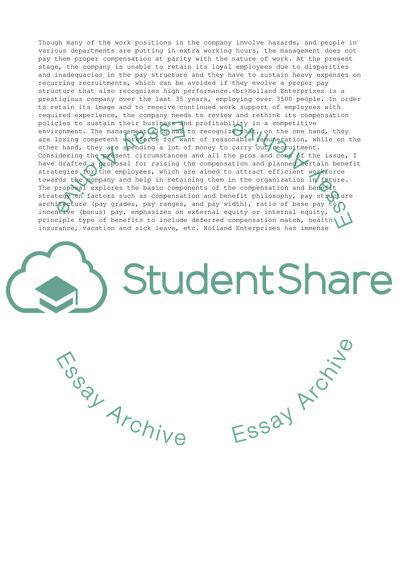Cite this document
(Compensation and Benefit Strategy Research Paper - 1, n.d.)
Compensation and Benefit Strategy Research Paper - 1. https://studentshare.org/human-resources/1781309-compensation-and-benefit-strategy
Compensation and Benefit Strategy Research Paper - 1. https://studentshare.org/human-resources/1781309-compensation-and-benefit-strategy
(Compensation and Benefit Strategy Research Paper - 1)
Compensation and Benefit Strategy Research Paper - 1. https://studentshare.org/human-resources/1781309-compensation-and-benefit-strategy.
Compensation and Benefit Strategy Research Paper - 1. https://studentshare.org/human-resources/1781309-compensation-and-benefit-strategy.
“Compensation and Benefit Strategy Research Paper - 1”. https://studentshare.org/human-resources/1781309-compensation-and-benefit-strategy.


